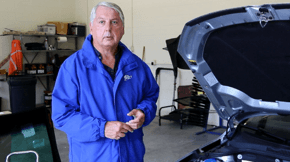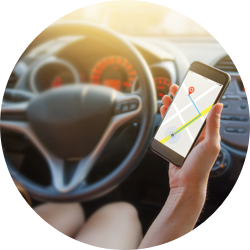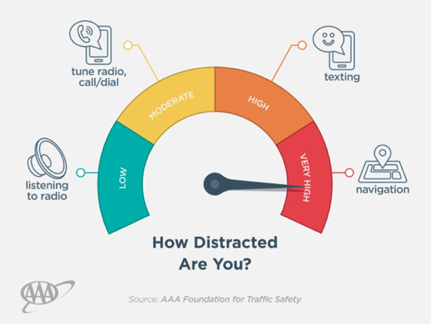Distracted driving is a growing problem among motorists. While cell phone use is one of the top reasons, there are many visual and mental distractions that affect your ability to safely operate a vehicle, including the built-in infotainment system, navigation apps, eating and drinking, and other passengers in your car!
AAA is researching how to make vehicles safer, promoting laws to reduce distracted driving behavior, and developing educational campaigns about the dangers. Read on to learn more!












